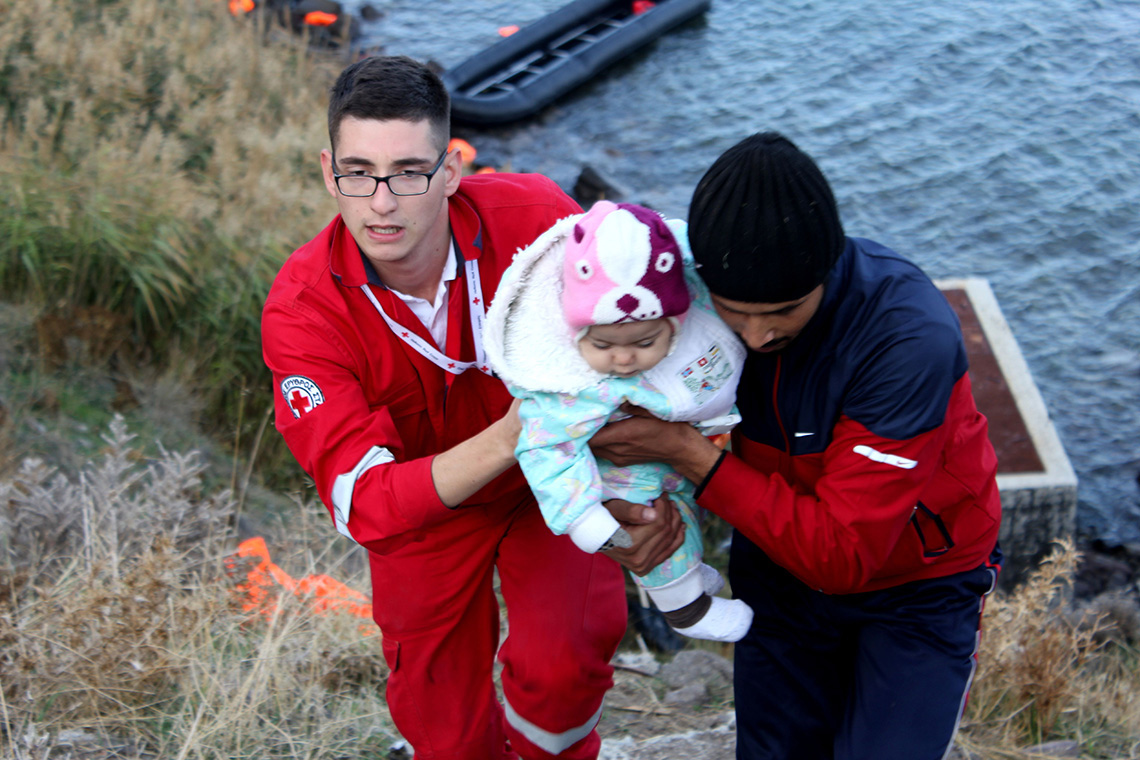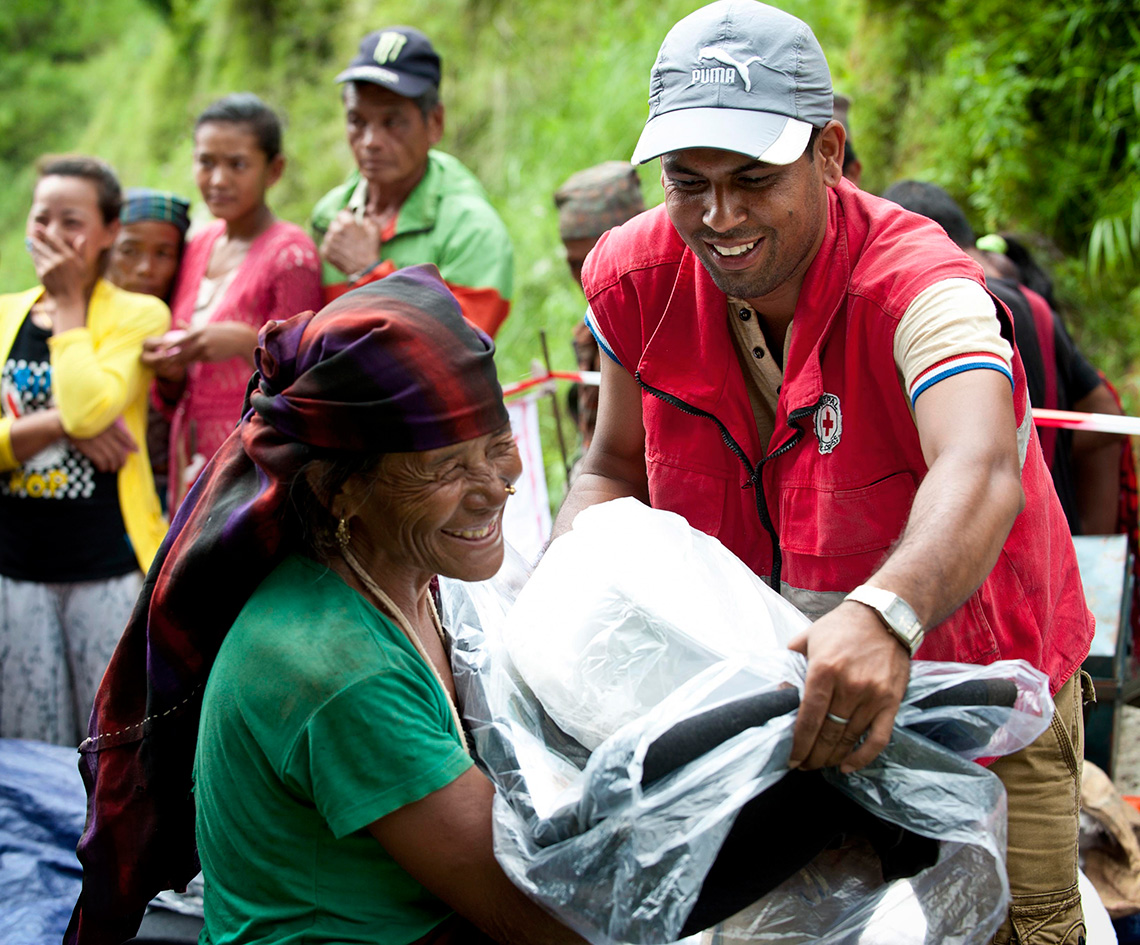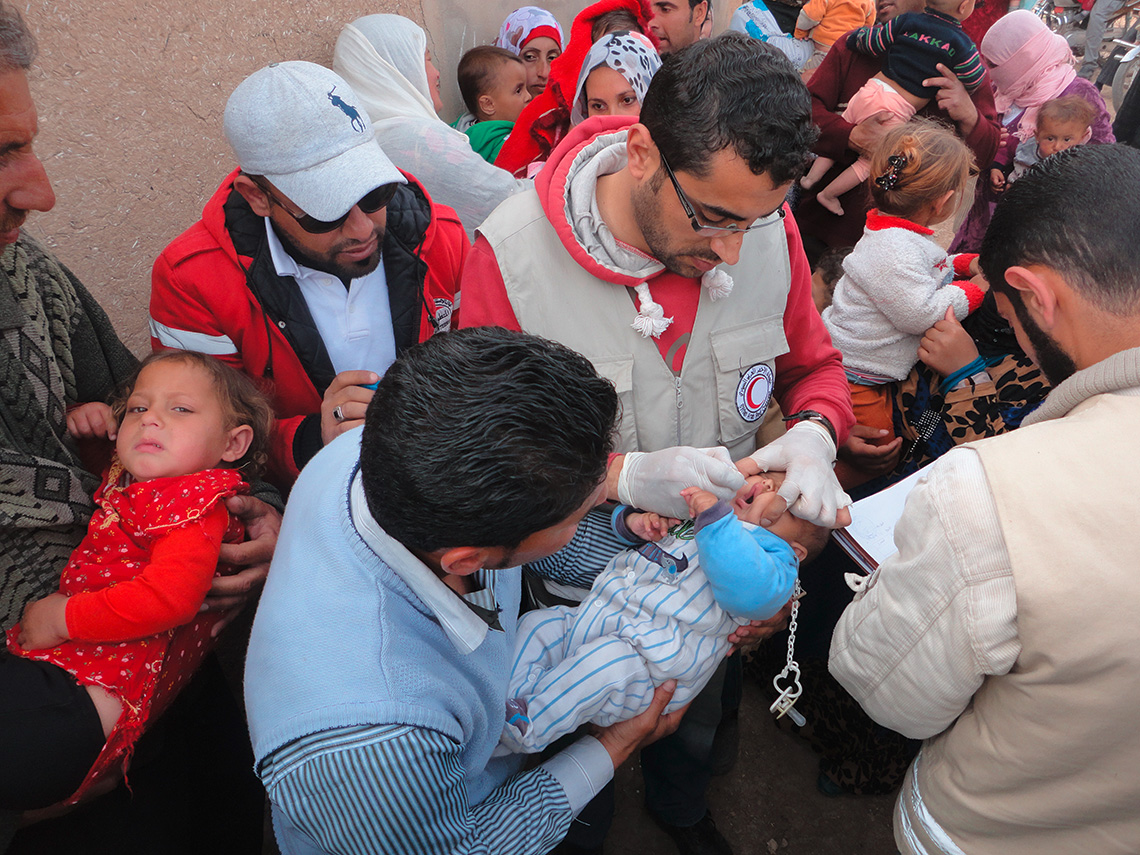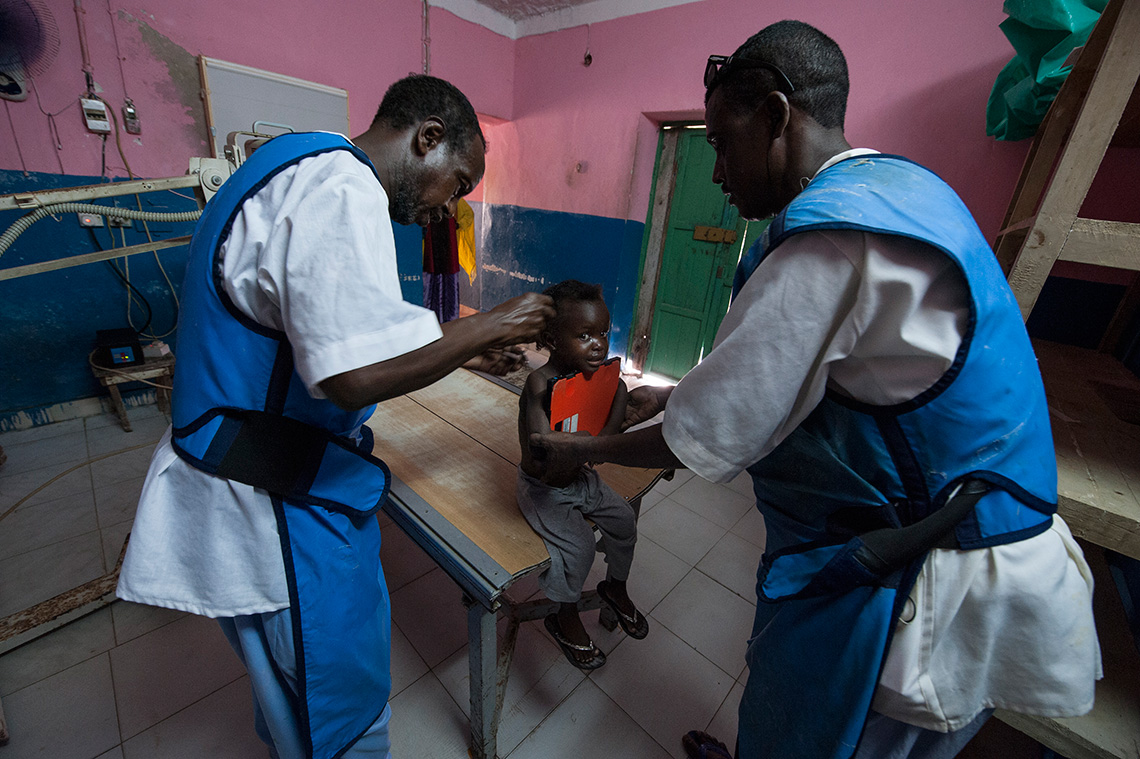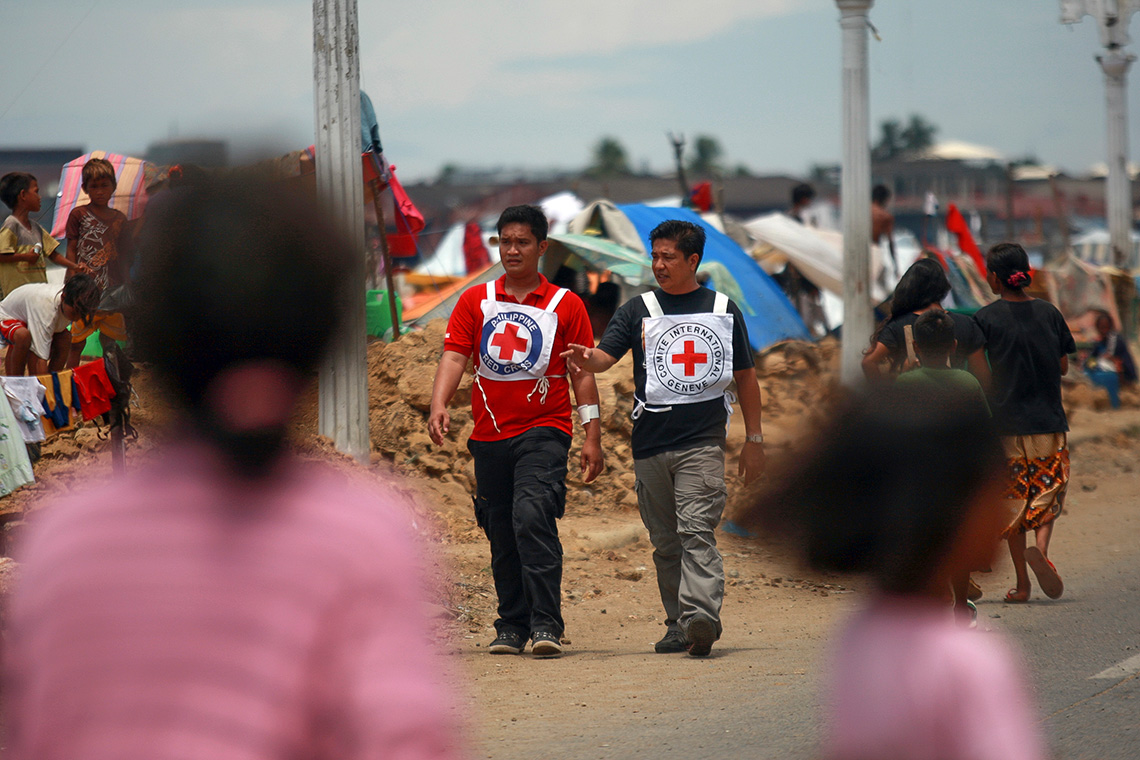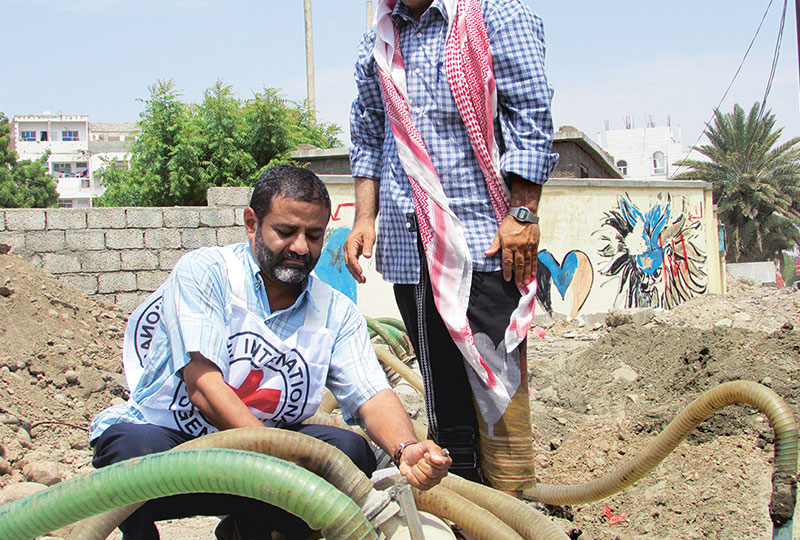International Red Cross and Red Crescent Movement

International Committee of the Red Cross
The ICRC is part of the International Red Cross and Red Crescent Movement, which also comprises 189 National Red Cross and Red Crescent Societies and the International Federation of Red Cross and Red Crescent Societies. The National Societies operate within their respective countries while the Federation coordinates the international response of National Societies to disasters not involving armed conflict. The Federation is a key partner for the ICRC, particularly where conflicts overlap with natural disasters. We also work closely with the National Societies, which share their professional skills, first-hand knowledge of the local terrain and familiarity with local cultures and languages.

National Red Cross and Red Crescent Societies
The National Societies help the governments of their respective countries to do humanitarian work. They provide a range of services, including disaster relief and health and social programmes. In wartime, the National Societies deliver relief to civilians and, where appropriate, they support the army medical services.

International Federation of Red Cross and Red Crescent Societies
The Federation is made up of 189 National Red Cross and Red Crescent Societies that together comprise the world’s largest volunteer-based humanitarian network. The Federation acts before, during and after disasters and health emergencies to meet the needs and improve the lives of vulnerable people, through long-term services and development programmes, disaster response and early recovery initiatives.
Fundamental principles
In our work, we are always guided by the Fundamental Principles of the International Red Cross and Red Crescent Movement.
